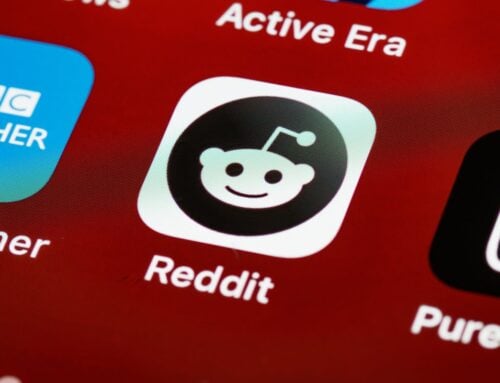We previously covered the differences between a trade media and consumer-focused feature article. While the formats and audiences differ, both often begin the same way: with strategic intent. In fact, crafting a compelling feature article starts not with writing, but with asking the right questions.
The following set of ten questions provides the raw material that can be used to shape thought leadership into accessible, actionable narratives and how each one contributes to building an effective consumer feature article.
1. What is the background or context for this article?
This question grounds the story in a real-world need or trend. For consumer audiences, context creates relevance: Why should I care about this now? Whether it’s a shift in consumer behavior, an emerging technology, or a recent event, this background sets the stage for the article’s urgency and importance.
Example use in a feature:
Opening paragraphs to explain the “why now” of the piece, helping readers connect the topic to current events or personal concerns.
2. What was pitched to the editorial contact?
This ensures alignment between the final article and the original editorial intent. Understanding the pitch allows the writer to stay focused on the value promised to readers and helps avoid veering into overly promotional or technical tangents.
Example use in a feature:
The headline, subhead, and lead often reflect the editorial angle originally pitched, ensuring consistency in tone and focus.
3. What is the single most important message you want to convey?
A consumer feature must be clear and focused. This question helps distill the topic into a central takeaway: what readers should understand, feel, or do after reading the article.
Example use in a feature:
This message often becomes the “thesis” of the article. It guides the introduction, supporting arguments, and conclusion.
4. What thought leadership are we sharing?
While trade content can explore multiple strategic angles, a consumer article needs a straightforward insight or shift in perspective. This question ensures the core idea is presented in both a digestible and relevant manner to a general audience.
Example use in a feature:
Writers might translate a complex approach into a consumer-friendly insight (e.g. turning an enterprise AI deployment into a discussion about how AI is changing everyday shopping habits).
5. What is the latest credible research or data supporting this message?
Consumer trust hinges on credibility. By anchoring claims in reliable data, writers can inform the audience without sounding speculative or sensational. Importantly, this data must be explained in plain terms and show how it affects the average person.
Example use in a feature:
Credible stats are often used to back up main claims or add urgency (e.g., “According to a 2024 Pew Research study…”).
6. What are three to five key supporting points for the main message?
This question identifies the building blocks of the article’s body. In consumer writing, each point should connect directly to real-world benefits or practical implications. These points form the skeleton of the narrative.
Example use in a feature:
Each section or paragraph typically focuses on one supporting point, with clear transitions and value-oriented framing (“What this means for you…”).
7. Can you provide one or more examples from a real-world project?
Real-world examples bring abstract ideas to life. In consumer articles, they humanize the story and provide context. This is especially effective when they involve relatable scenarios, user outcomes, or personal stories.
Example use in a feature:
These examples are often integrated as anecdotes or illustrative case studies that show how the main message applies in action.
8. Are there any additional points or perspectives you’d like to include?
This is a catch-all for ideas that might not align with the main message but still add color or depth. In consumer writing, these often appear as sidebars, quotes, or “Did you know?” moments.
Example use in a feature:
Secondary points might appear near the conclusion or as a section highlighting future developments, alternate viewpoints, or broader implications.
9. Can we include a quote from a customer representative?
First-person voices are key to consumer engagement. A quote from someone directly affected by the product or service, especially a customer, can personalize the story, convey authenticity, and illustrate the benefit of a solution or approach.
Example use in a feature:
Quotes like, “It completely changed the way we plan family meals” lend credibility and relatability to the narrative.
10. Can we mention the customer by name?
Naming the customer or client adds further legitimacy and helps contextualize the example. If naming isn’t possible, it’s still important to clearly describe the role or situation of the quoted party (e.g., “a retail operations manager at a Midwest grocer”).
Example use in a feature:
When permitted, using real names and companies provides powerful social proof and enables readers to visualize the example in a real-world setting.
Wrapping It Up: From Insights to Impact
By answering these ten questions, content teams equip writers with the clarity, structure, and material needed to transform abstract insights into relevant, relatable consumer stories. While trade media content may prioritize strategy and industry nuance, consumer features are all about emotional clarity, practical takeaways, and human-centered storytelling.
Ultimately, a great feature article begins long before the first sentence is written. It starts with asking the right questions.
#Questionnaire #Questions #FeatureArticles #PR #Marketing #Communications





